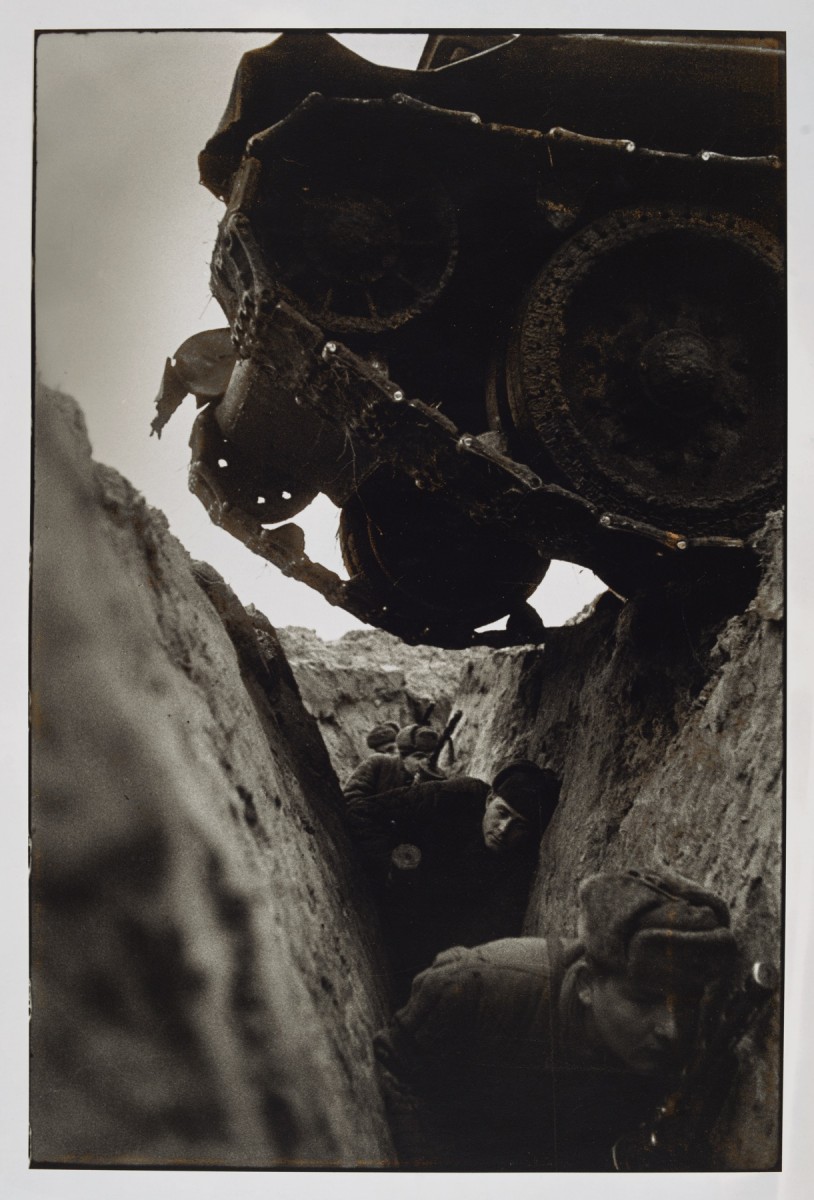In connection with the inaugural exhibition celebrating the seventy-fifth anniversary of Houghton Library, Heather G. Cole, assistant curator of modern books and manuscripts, and John H. Overholt, curator of the Hyde collection of Dr. Samuel Johnson and of early modern books and manuscripts, have assembled a volume highlighting the collections, Houghton Library at 75, to be published in April. The inaugural exhibition features works chosen by faculty members to explain some aspect of their teaching, their research, or their own education in the collections. The book takes a broad view, spanning the millennia and media. Four diverse selections, with their identifying information, are excerpted here.
Thai fortunetelling manuscript, early nineteenth century.
Four-page spreads in this accordion-folded, unfinished manuscript depict the animal for a specific year, and can be used to determine major life events, such as the outcome of a rice crop, a marriage, or financial success, based on the birth day and month of the user. In 1844, Maria Revere Balestier, wife of the first American consul in Singapore, sent the manuscript to her friend Eliza Morton Quincy, the wife of Harvard president Josiah Quincy. The manuscript returned to Harvard in 1944, along with a large gift of material from biographer, editor, historian, and poet Mark Antony DeWolfe Howe, the husband of Quincy’s great-granddaughter. MS Typ 439. Each panel 14 1⁄2 by 5 in. Gift of M. A. DeWolfe Howe, 1944.
Photograph courtesy of Houghton Library/Harvard College Library Imaging Services

Lincoln campaign poster, New York, 1864
AB85.L6384.Z864u. 56 by 41 1⁄4 in. Source unknown.
Photograph courtesy of Houghton Library/Harvard College Library Imaging Services
Mark Markov-Grinberg (1907–2003). The Battle of Kursk and soldiers carrying out an attack, 1943. 2014M-120 (8299). Gelatin silver print, 15 by 10 in.
José María Castañé Collection
Spanish entrepreneur José María Castañé’s recent gift to the library includes over 15,000 papers, photographs, and books that document pivotal political and military events of the twentieth century. Among the many treasures in the collection are an image by Soviet Jewish realist photographer Mark Markov-Ginsberg of Red Army soldiers hiding in a trench to avoid detection during the Battle of Kursk, and artist Dame Laura Knight’s rendering for the War Artists Advisory Committee of the processing of prisoners at the Nuremberg trials.
Gift of José María Castañé and the Fundación José María Castañé, 2015.
Photograph courtesy of Houghton Library/Harvard College Library Imaging Services

Hartmann Schedel (1440–1514).
Liber chronicarum, 1493. The Nuremberg chronicle is one of the grandest productions of the first half-century following the Western invention of printing with movable type, known as the incunable period. More than 600 woodblocks were cut to print 1,800 illustrations, with the same cityscape, for instance, standing in for both Lyons and Bologna. The chronicle covers the full range of history as it was then known, from the Creation to the present day, with blank pages left toward the end for each copy’s owner to record further significant events between 1493 and the Last Judgment. Inc 2084 (A).
19 by 27 in. (when open). Gift of Ward M. and Miriam Coffin Canaday, 1954.
Photograph courtesy of Houghton Library/Harvard College Library Imaging Services














